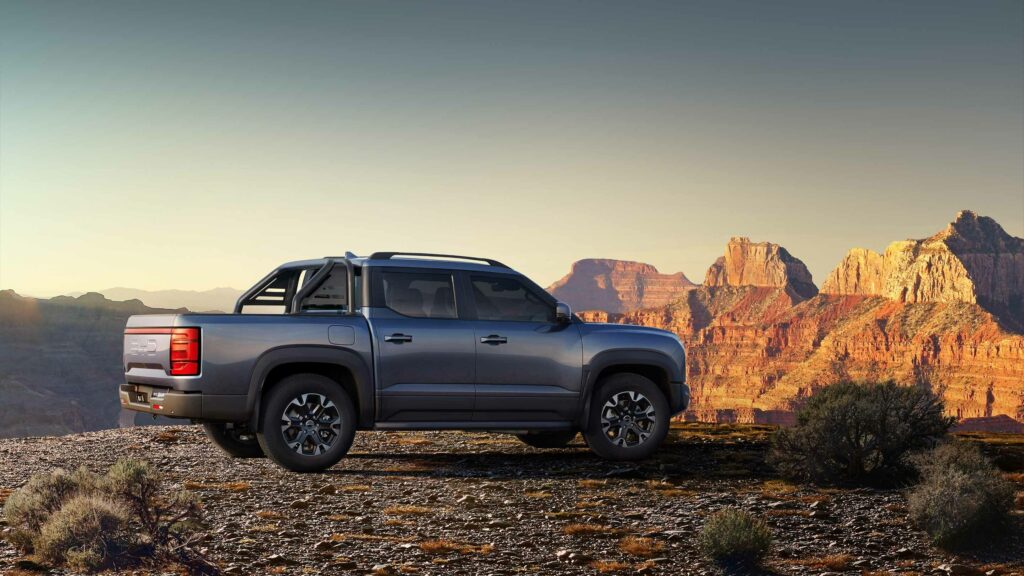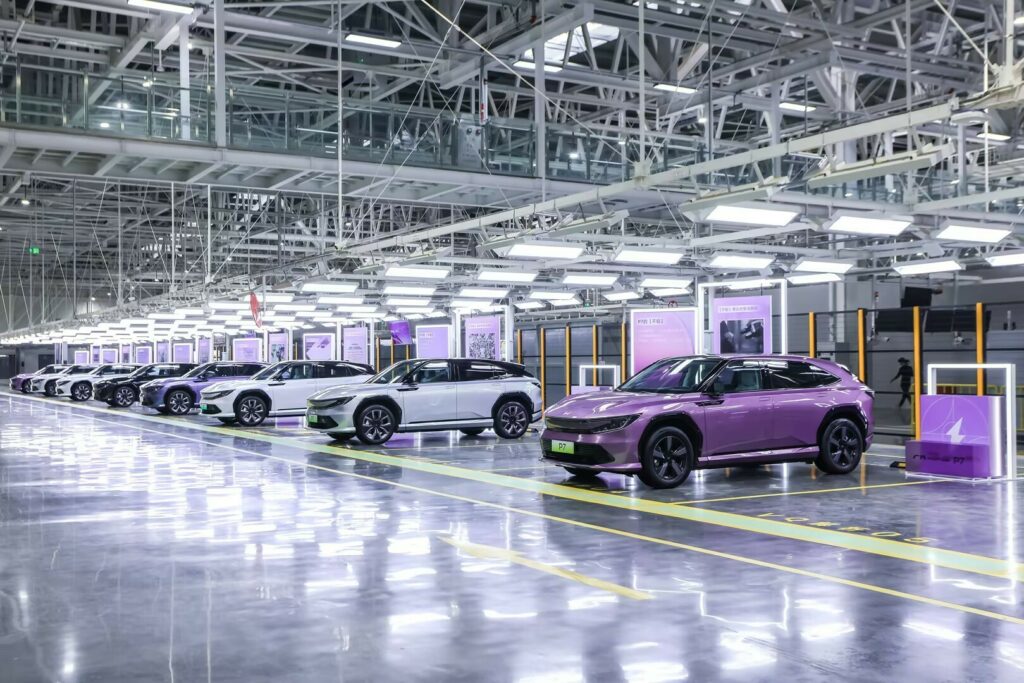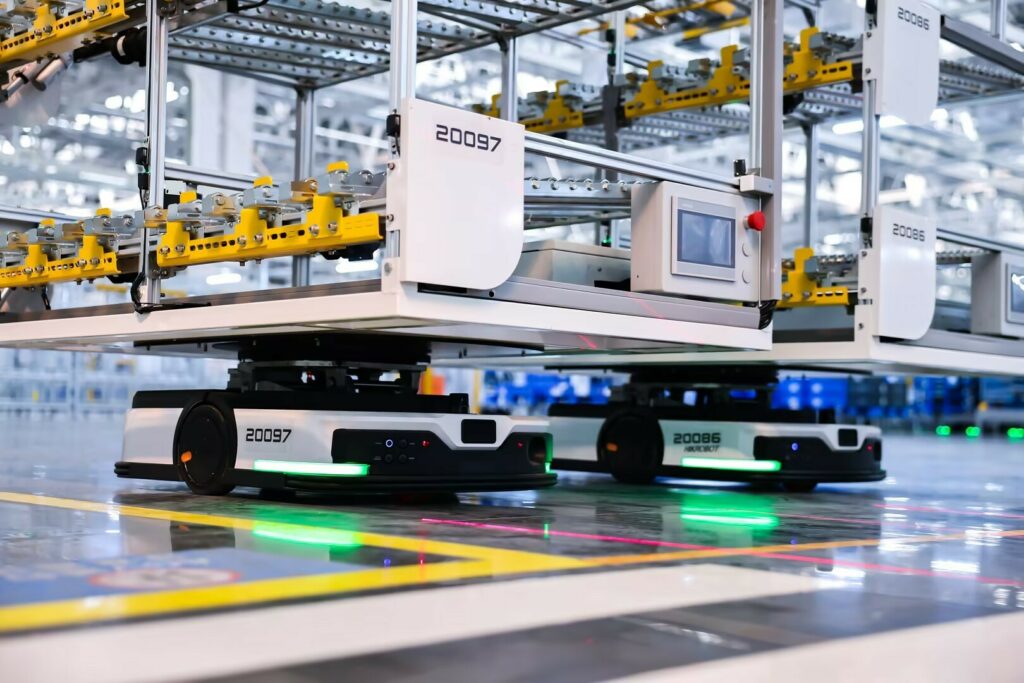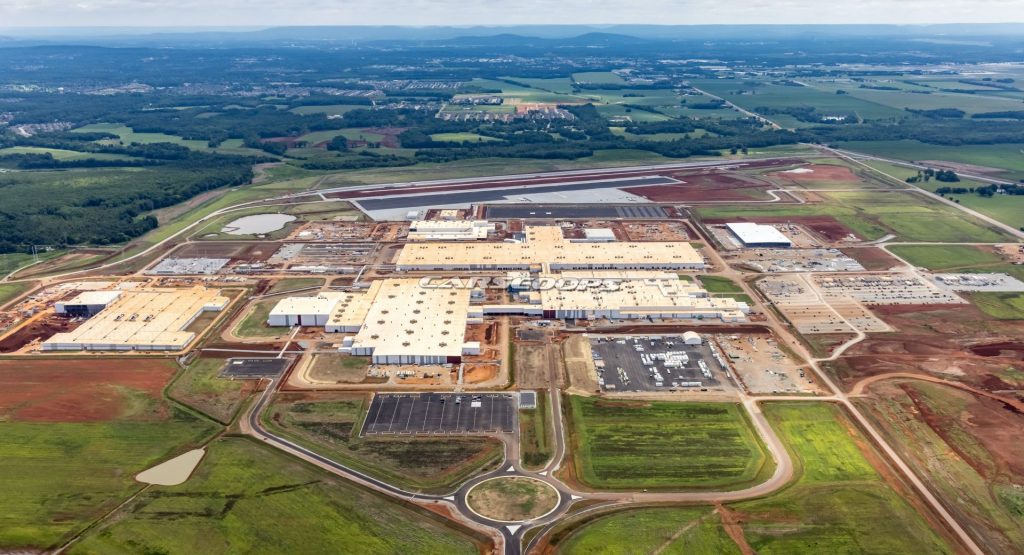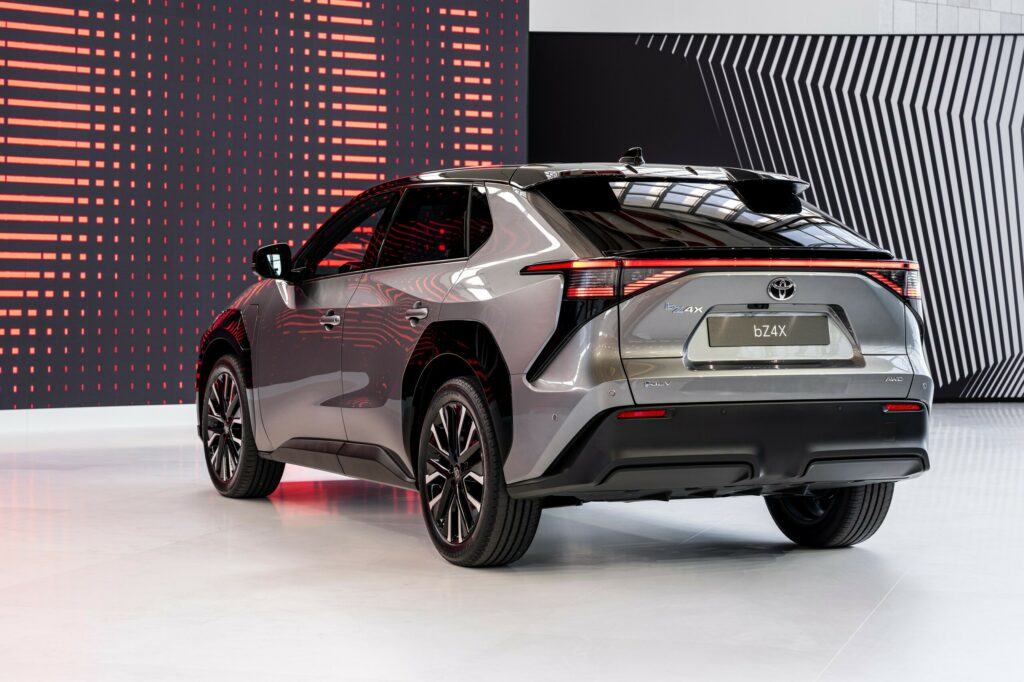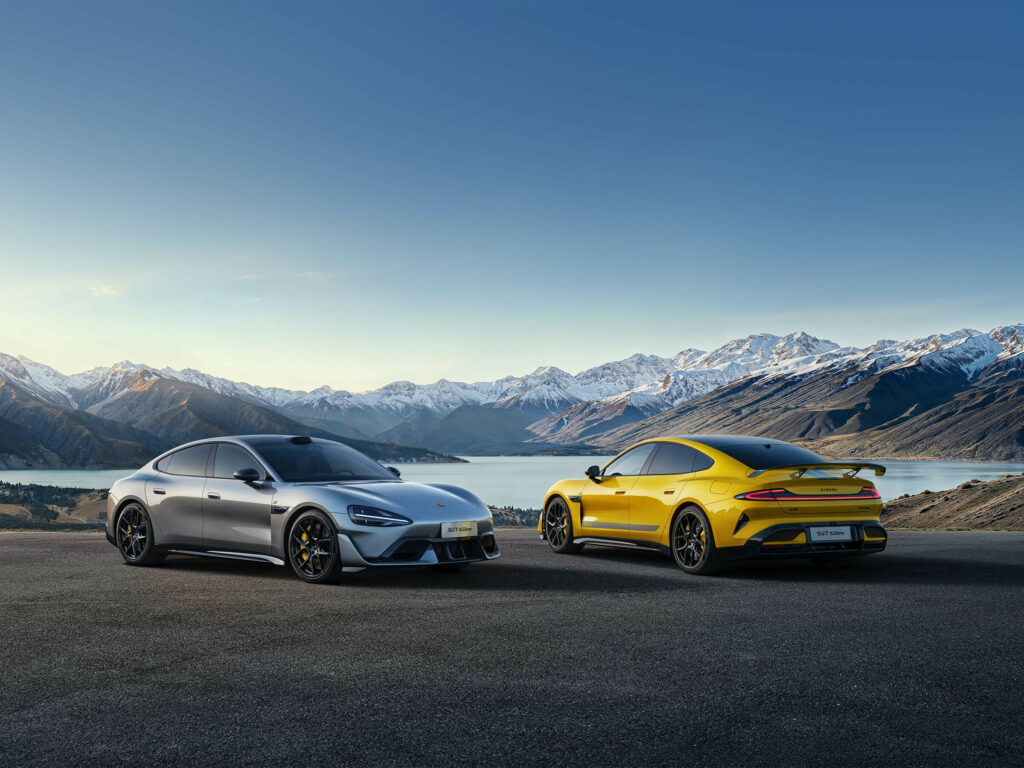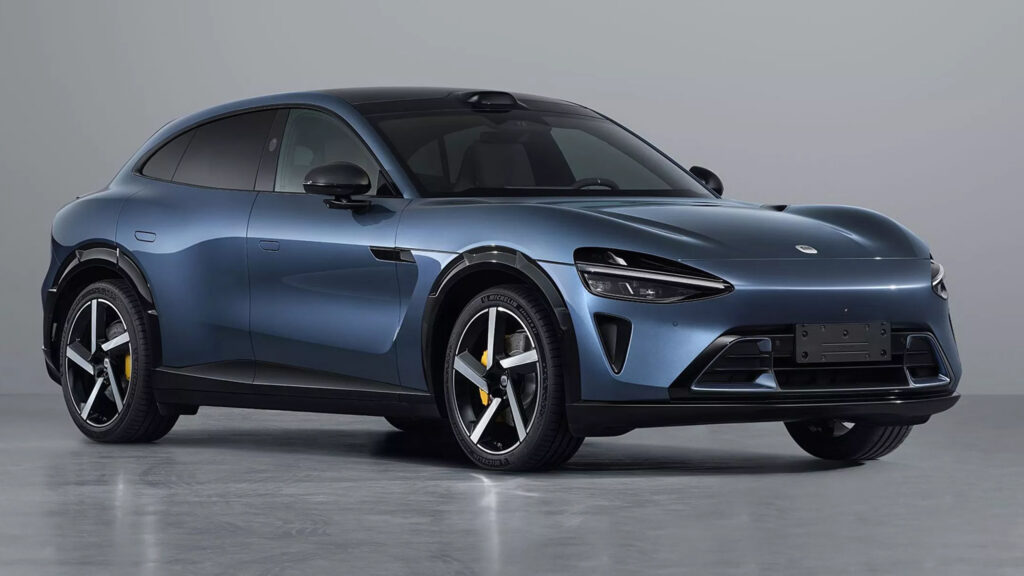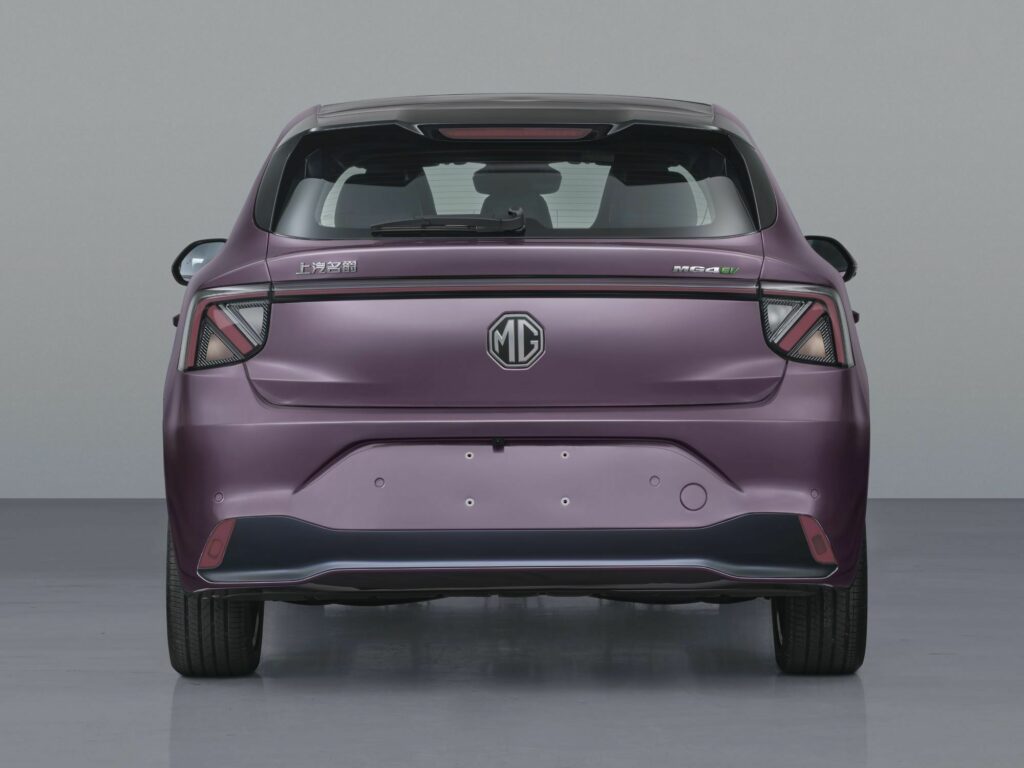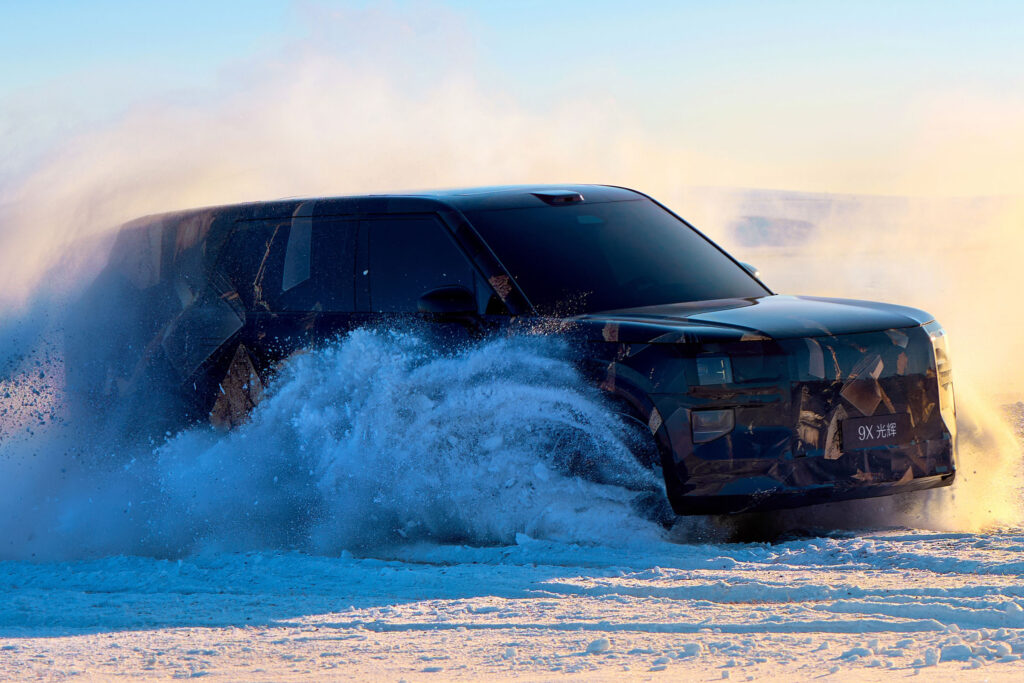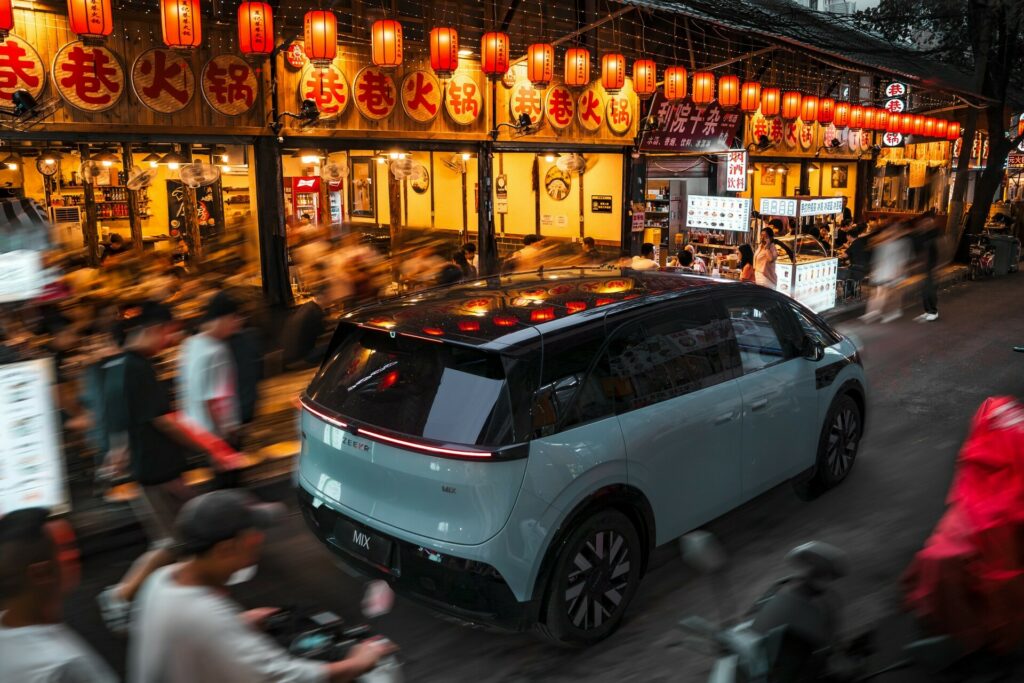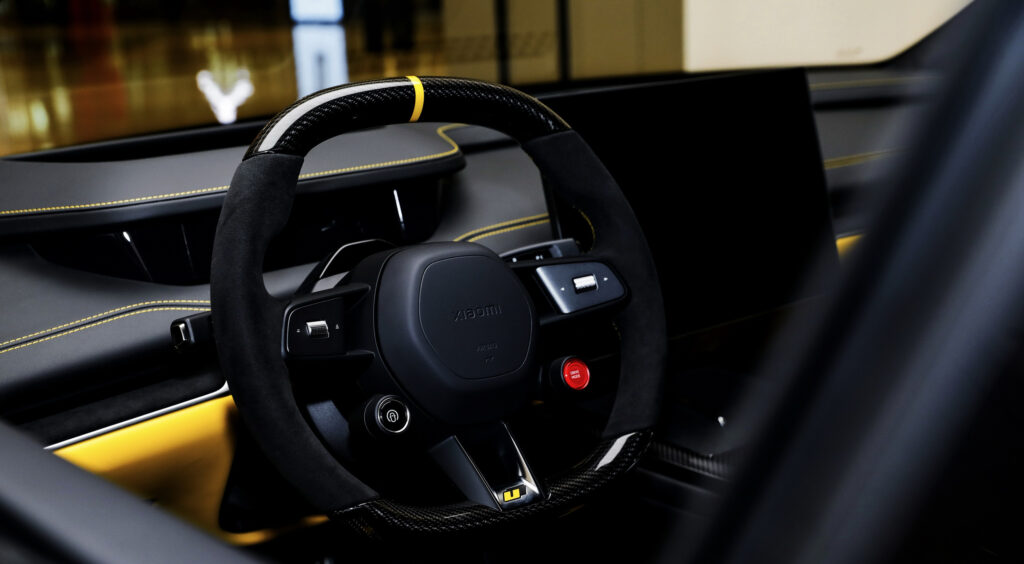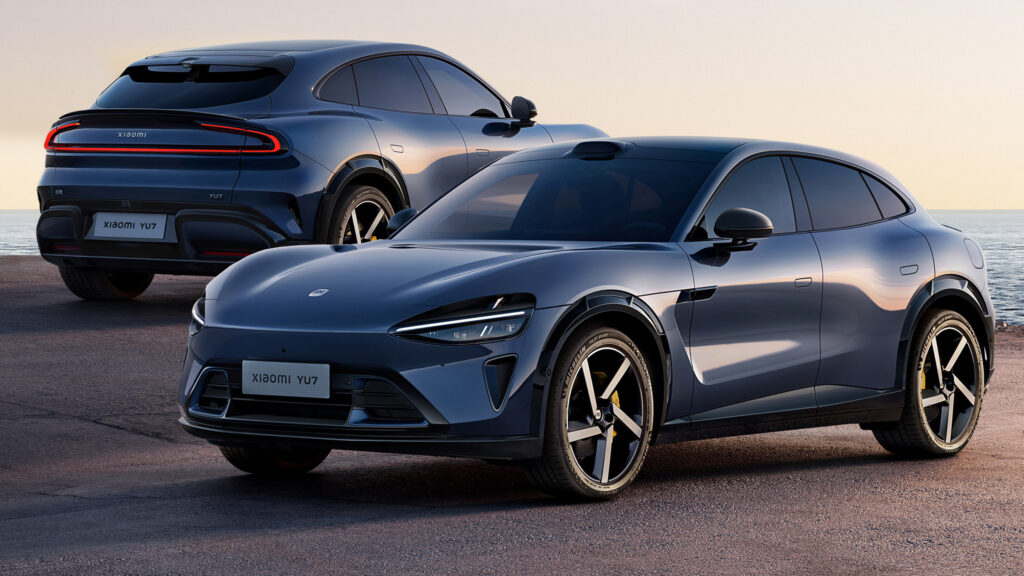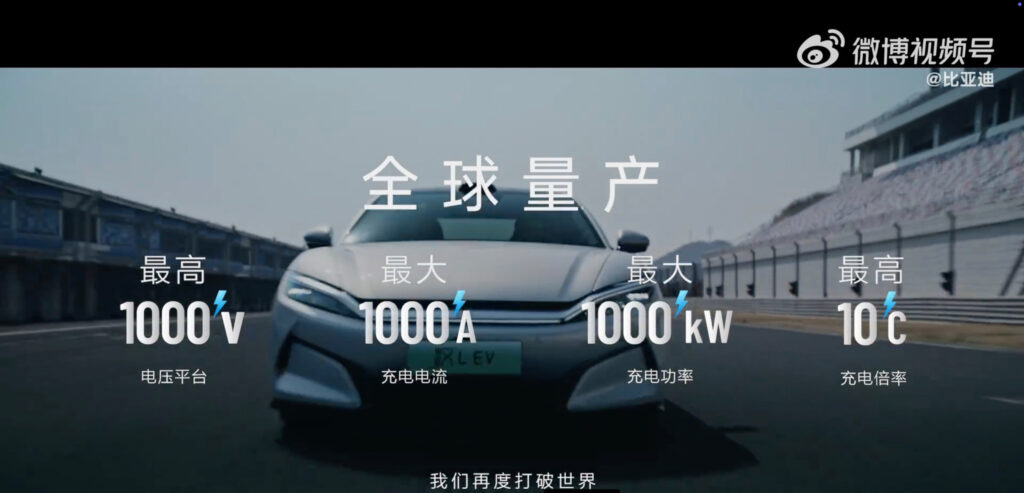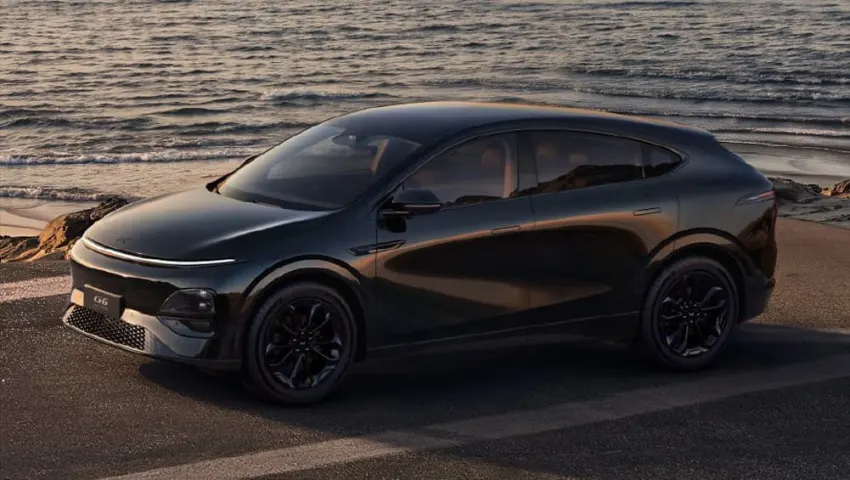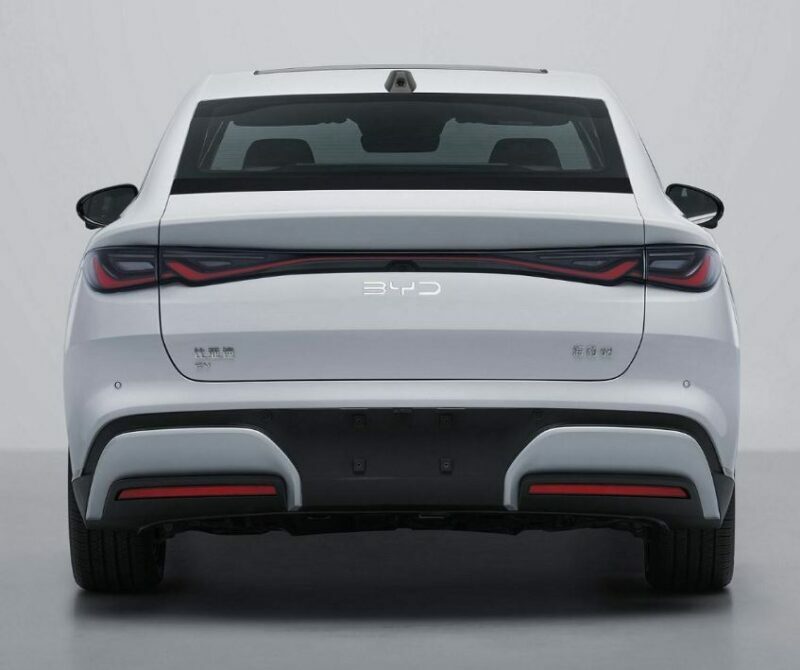First Fatal Xiaomi SU7 Crash Sparks Questions About Self-Driving Tech And Locked Doors
- Xiaomi SU7 crashed into a barrier after failing to avoid a closed construction lane.
- The electric sedan was driving on NOA at 116 km/h just before the fatal impact.
- Three college students died after the EV burst into flames following the highway crash.
Xiaomi’s team has been showered with praise in recent months and has probably become used to reading nothing but positive headlines. However, the Chinese carmaker is now hitting the headlines for all the wrong reasons, after the first major accident involving the SU7 sedan resulted in three fatalities. The incident has cast a shadow over the tech giant’s automotive ambitions and raised tough questions about the safety and reliability of advanced driver-assistance systems.
On March 29, a Xiaomi SU7 was traveling in China with three passengers onboard. The vehicle was driving along the Dezhou–Shangrao Expressway in Anhui Province with its Navigate on Autopilot (NOA) system engaged, maintaining a steady speed of 116 km/h (72 mph). As it approached a construction zone and a lane closed off with barriers, the SU7 struck a concrete divider at 97 km/h (60 mph), sparking a fire that ultimately engulfed the car.
Read: Xiaomi Aims To Sell More EVs In China Than All German Brands Combined
Shortly after the crash, Xiaomi released a timeline detailing the moments leading up to the collision. At 10:44:24 p.m., the SU7’s Navigate on Autopilot system issued a warning—“Obstacle ahead”—and began braking. One second later, the driver took control, steering left by 22.06 degrees and applying 31% brake pressure. Another second later, they adjusted slightly to the right by 1.06 degrees and increased braking to 38%. Despite these apparent efforts to avoid the crash, the vehicle struck the concrete barrier.
The impact immediately triggered the eCall emergency system. Within 20 seconds, the registered owner of the SU7 was contacted and confirmed he was not the driver. An ambulance was dispatched and arrived around 11 p.m., but tragically, all three occupants had already died.
The Xiaomi SU7 vehicle in China was driving at 116km/h in NOA on the highway, with the last speed reported to be 97km/h just before the collision with the guardrail.
— Tsla Chan (@Tslachan) April 1, 2025
A fire broke out after the collision, killing all three female college students in the vehicle.
Xiaomi issued a… pic.twitter.com/nxHGGYXhOR
Xiaomi says it is fully cooperating with local investigators to determine the cause of the crash. According to Reuters, which cited reporting from the Chinese newspaper Economic Observer, the father of one of the victims was told by local police that the car key failed to unlock the doors after the impact. In a statement, Xiaomi said it has not yet been able to confirm whether the doors could be opened at the time of the accident.
Shares in the Chinese technology giant fell 5% after word of the crash became public. Company boss Lei Jun has vowed to “respond to the concerns of families and society,” while investigating the crash.
